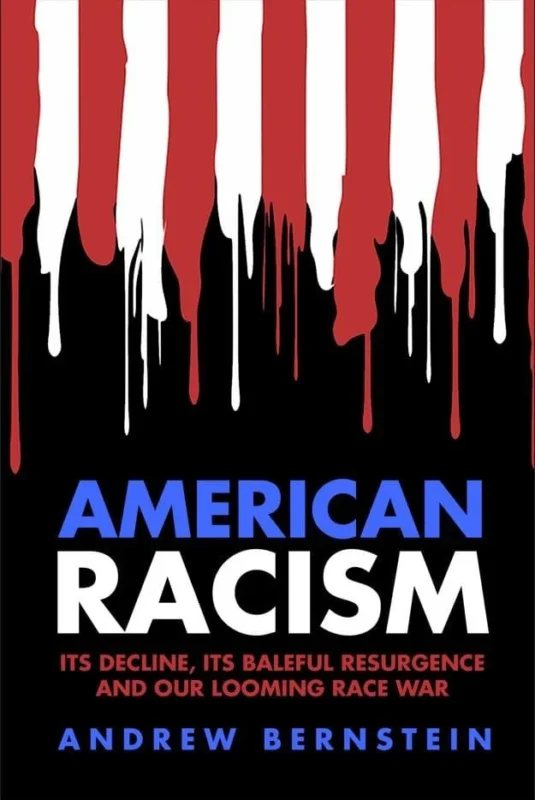Millions of people have read Ayn Rand’s Atlas Shrugged and marveled at her fictional portrayals of the badly run Taggart Transcontinental Railroad and a statist national government. Today, as Congress considers showering Amtrak with higher subsidies, it’s time to recognize the striking parallels between the novelist’s railroad and the dysfunctional Amtrak system.
Rand’s account is hauntingly current. In her novel, Taggart Transcontinental Railroad ran nearly empty trains on rural routes as a matter of “public equality.” If one state had trains then, by gosh, another had to have them, too, no matter how much money they lost. Today, Amtrak runs trains like the Southwest Chief between Chicago and Los Angeles whose financial loss is so great that it requires a federal subsidy of $420 per passenger. It’s cheaper for taxpayers to buy airline tickets and give them to these Amtrak passengers than to preserve the train.
Last year Amtrak lost more than $908 million on its 15 long distance routes, which could easily be cut since more than 50 percent of Amtrak passengers ride on just ten percent of the system.
In Atlas Shrugged, “good-hearted” politicians financed the continuation of lightly used trains by shortchanging maintenance on heavily used infrastructure. When such policies contributed to the collapse of the Taggart Tunnel, a key link, the Taggart Transcontinental Railroad came to a halt. Similarly, Amtrak allocates capital to frivolous projects while being painfully slow over three decades in correcting safety shortcomings in its Manhattan tunnels, the busiest in the country. U.S. DOT Inspector General Ken Mead concluded that it’s unacceptable for Amtrak to budget millions of dollars to repair sleeper cars for long-distance trains while under-investing in strategic fixed assets.
In her novel, Taggart Transcontinental Railroad employees believed they had a “right” to jobs regardless of the economic insignificance of their work. Again life imitates fiction at Amtrak. If train service is discontinued completely on a route, a severance package provides many employees with full salary for five years. Amtrak’s job-protection absurdity is unparalleled in other industries.
The national government in Rand’s novel, hostile to capitalism and property rights, permitted the Taggart Transcontinental to run over other companies’ tracks without paying proper fees. Congress has long empowered Amtrak to operate over tracks of the freight railroads and pay far less than commercial rates. This despite the fact that its trains often interfere with freight operations and add to delays, which cheats shareholders of the track-owning companies. The Union Pacific Railroad said that Amtrak underpays by $60-70 million annually for using its facilities. Incidentally, even publicly sponsored commuter railroads like Metra in Chicago pay acceptable, negotiated rates to
U.S. freight railroads, further proof that the mandated discounts for Amtrak are an unfair bargain.
After more than $27 billion in federal subsidies to Amtrak another Congressional bailout will only perpetuate Amtrak and its deplorable management. We need to get rid of market-irrelevant routes and open remaining lines to competitive bids from private companies that specialize in contracting-out for services.
Ayn Rand had the uncommon sense of exposing large truths. We can see today that ill-conceived, politically motivated projects failed on both the mythical Taggart Transcontinental and the real Amtrak. I’d support someone who held Rand’s views for Congress. Her opposition to government handouts would offset radical spenders who want to increase Amtrak subsidies when they should be dismantling the hopeless organization.









